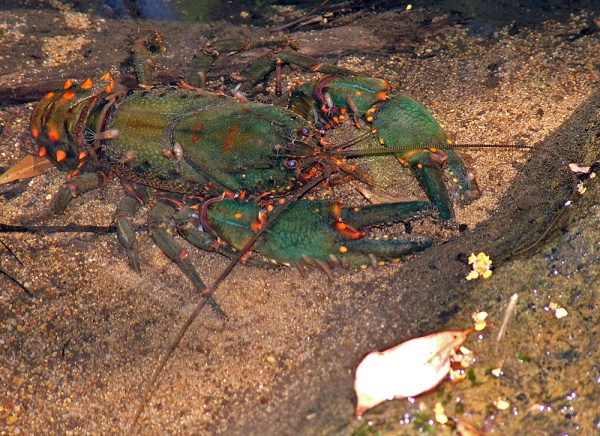Facts About Euastacus
The Euastacus genus, commonly known as "spiny crayfish" comprises freshwater crayfish indigenous to southeastern Australia. Along with the Cherax genus, they are part of the Parastacidae family. What distinguishes Euastacus are the short, robust spikes on their claws and carapace, making them generally larger than the smooth-shelled Cherax crayfish. Notably, the Murray River crayfish, a member of the Euastacus genus, is the second-largest freshwater crayfish in the world.
In Australia, freshwater fish species often exhibit a pattern of speciation, with generalist species inhabiting lowlands and specialist species occupying uplands. Cherax species typically thrive in lowland rivers at low to medium altitudes, whereas Euastacus species prefer the permanent waters of upland rivers at medium to high altitudes. Even when found in lowland areas, Euastacus species rely on consistent water flow and high water quality, unlike their Cherax counterparts that can endure drying habitats. Cherax species are widespread across Australia, including the southwestern regions, while Euastacus species are confined to the southeast and exhibit high endemism in coastal river systems.
Euastacus crayfish have slow growth rates, long lifespans, and take a significant amount of time to reach sexual maturity. These traits make them particularly vulnerable to environmental disturbances and unsuitable for catch-and-kill fisheries. Of the 50 Euastacus species, the IUCN Red List categorizes 17 as critically endangered, 17 as endangered, 5 as vulnerable, 1 as near threatened, 8 as of least concern, and 1 as data deficient.
